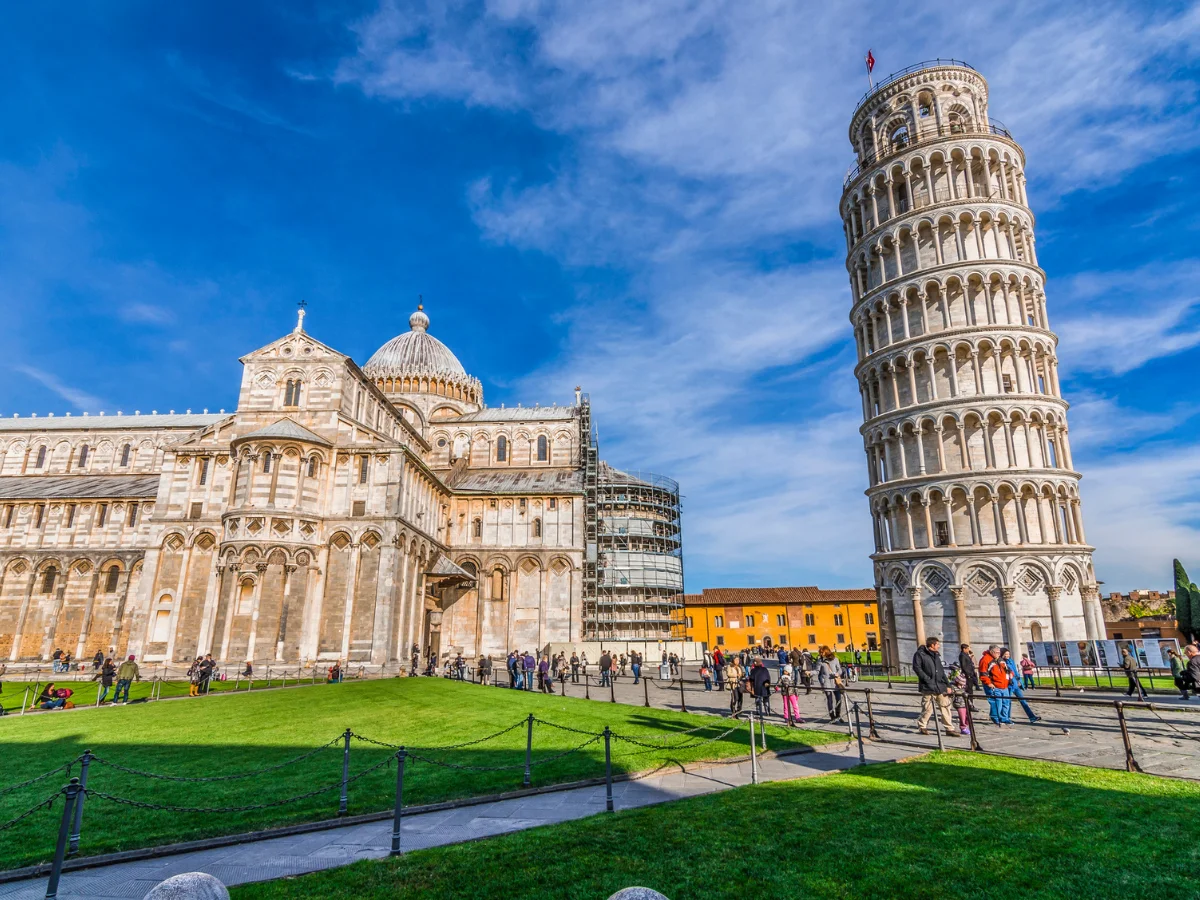Roman military formations
Roman military formations were pivotal in their battlefield success. Employing tactics like the Testudo and Phalanx, soldiers displayed formidable defense and offense. The Triplex Acies utilized experienced troops in the front lines, ensuring effective engagement. Meanwhile, the Wedge formation allowed precise strikes, while the Orb provided all-around defense. The Maniple system offered flexibility and adaptability. Cavalry units supported infantry, exploiting enemy weaknesses. Through disciplined training and cohesion, Romans mastered these formations, securing victories. Their legacy exemplifies ancient warfare sophistication.

The Roman military formations
The Roman army was renowned for its disciplined formations and tactical prowess on the battlefield. Through meticulous training and strategic planning, they employed various formations to achieve victory.
The Testudo Formation
One of the most famous formations was the Testudo, or “tortoise.” In this formation, soldiers interlocked their shields overhead and on the sides, creating a near-impenetrable barrier against enemy projectiles.
The Phalanx
Inspired by Greek military tactics, the Romans also utilized the Phalanx formation. Soldiers formed tightly packed ranks with shields overlapping, presenting a formidable wall of defense against enemy charges.
The Triplex Acies
The Triplex Acies, or triple line formation, was another staple of Roman strategy. It involved organizing soldiers into three lines, with the most experienced and well-equipped troops positioned in the front to engage the enemy directly.
The Wedge Formation
For offensive maneuvers, the Romans employed the Wedge formation. This formation focused on concentrating the force of the army into a narrow point, allowing them to pierce through enemy lines with precision and overwhelming power.
The Orb Formation
In situations requiring all-around defense, the Romans adopted the Orb formation. Soldiers formed a circular arrangement, shields outward, providing protection from attacks originating from any direction.
The Maniple System
The Roman army also utilized the Maniple system, dividing infantry into smaller, more flexible units. This allowed for swift maneuvering on the battlefield and greater adaptability to changing circumstances.
The Cavalry’s Role
While infantry formations dominated Roman strategy, cavalry units played a crucial supporting role. They often operated on the flanks, providing mobility and exploiting weaknesses in the enemy’s formation.
The Legacy of Roman Formations
The effectiveness of Roman formations lay not only in their structure but also in the rigorous training and discipline of the soldiers. Their ability to maintain cohesion amidst the chaos of battle contributed significantly to the success of the Roman military machine.
In conclusion, Roman formations were a testament to the sophistication of ancient warfare. From the shield-wielding Testudo to the maneuverable Maniple system, these formations exemplified the Romans’ mastery of strategy and tactics on the battlefield.



